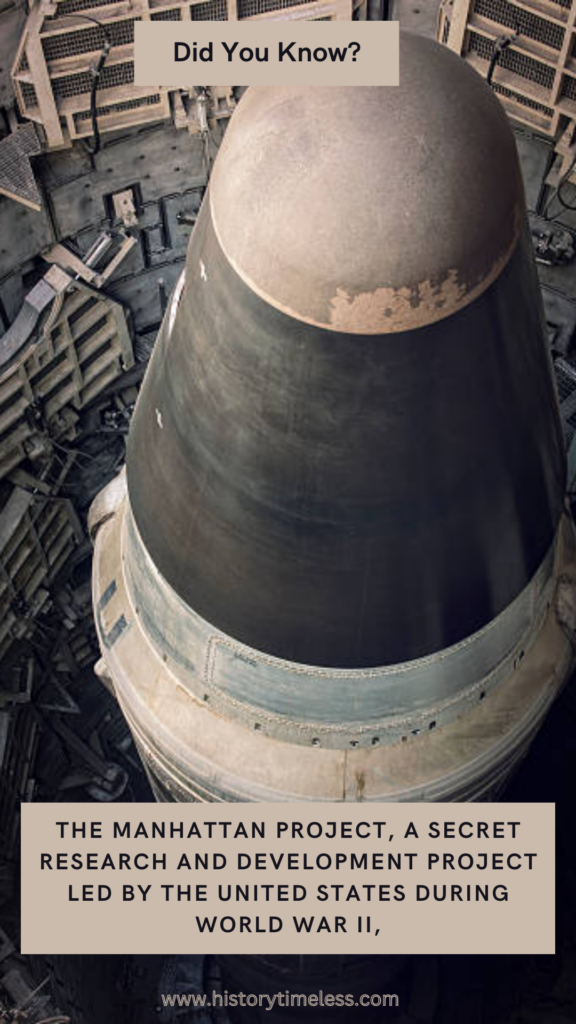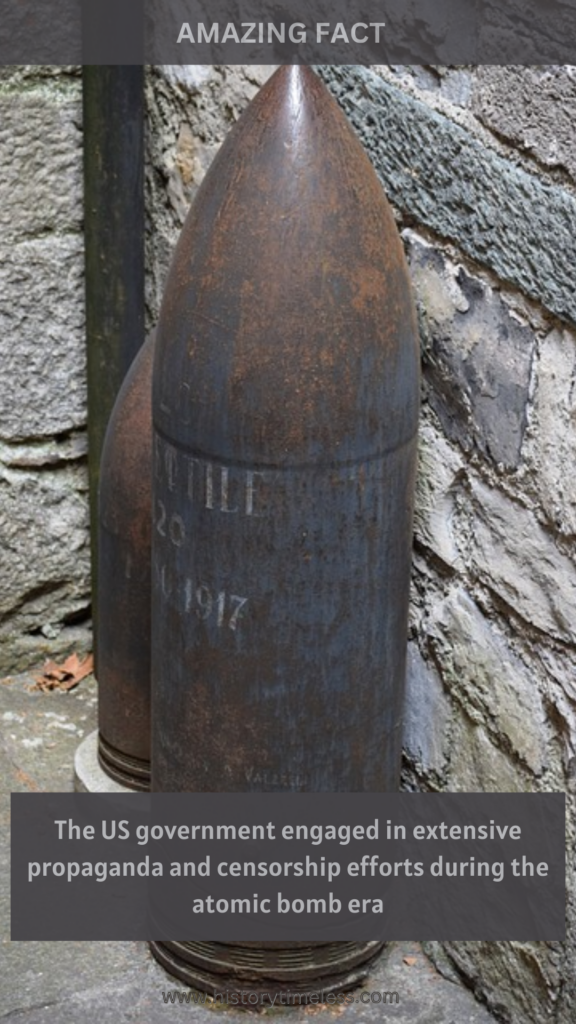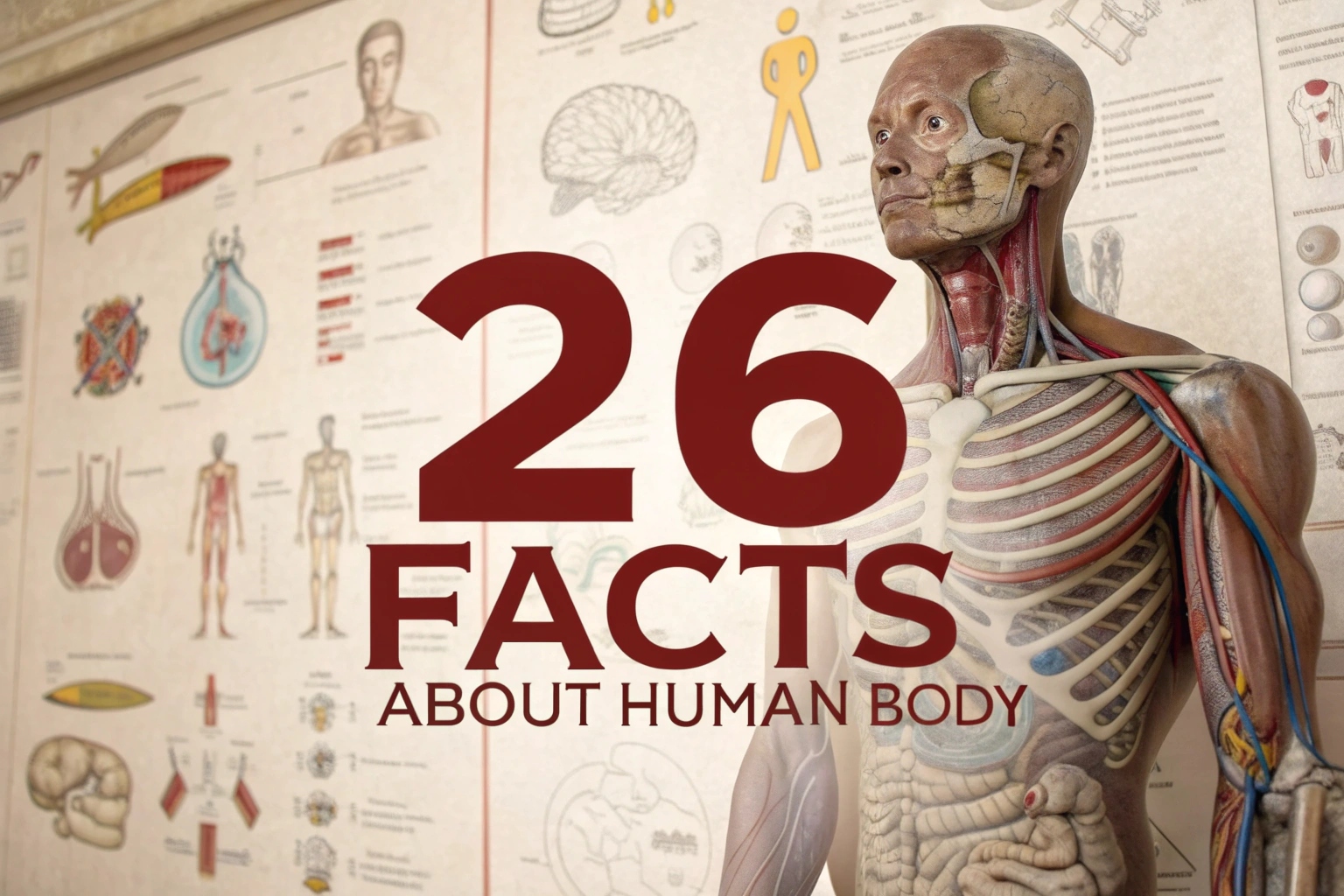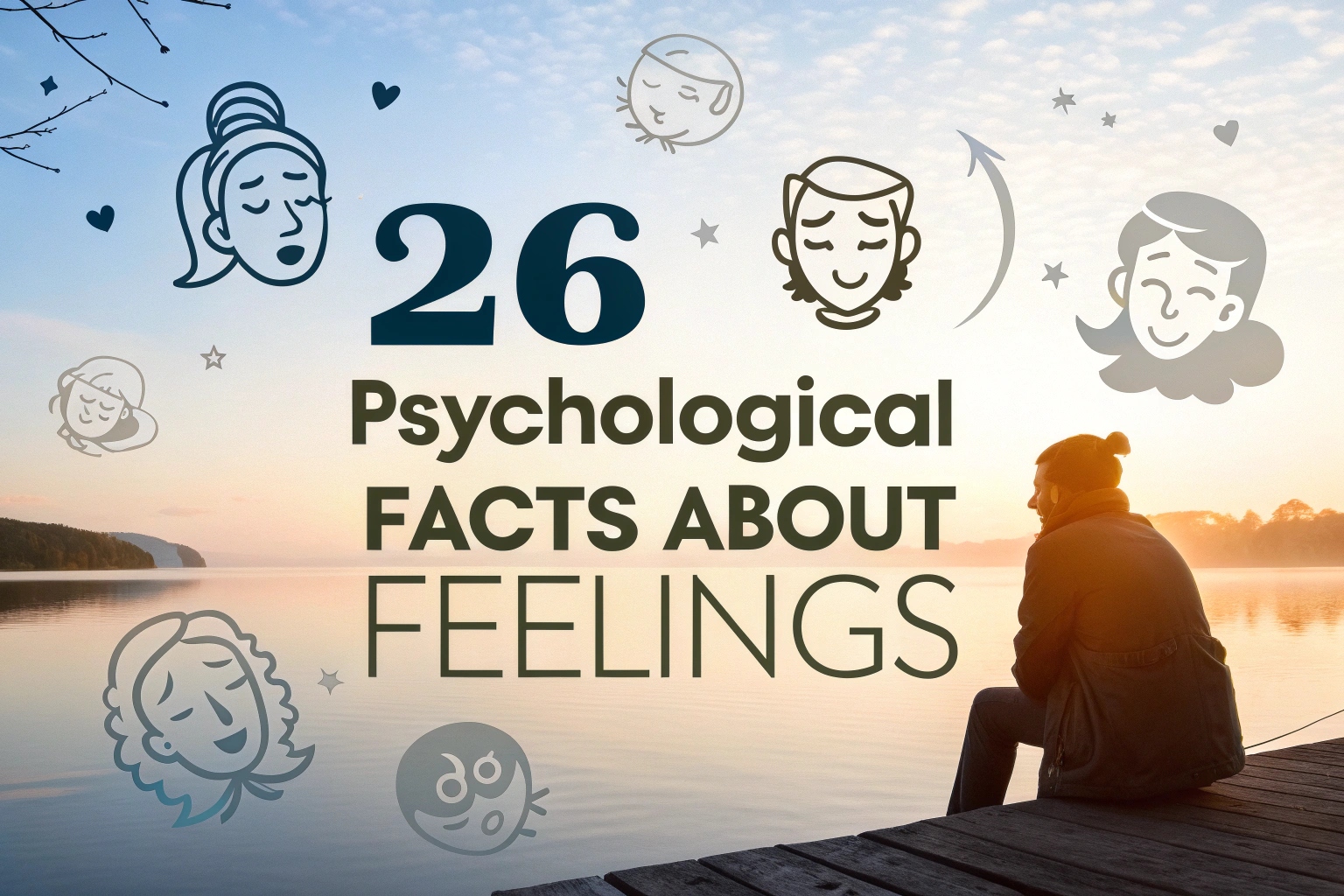The atomic bomb is one of the most devastating weapons in human history, causing widespread destruction and loss of life. The impact of these bombs goes beyond the initial blast, with long-lasting effects on the environment, human health, and global politics. Here are 30 shocking atomic bomb facts that you need to know.
1. The First Nuclear Test
The first nuclear test, codenamed “Trinity,” was conducted on July 16, 1945, in New Mexico, USA. This test marked the beginning of the nuclear age and paved the way for the development of atomic bombs.
2. Atomic Bomb-Calculated Death Toll
The atomic bombs dropped on Hiroshima and Nagasaki are estimated to have killed over 200,000 people immediately, with many more dying in the subsequent weeks, months, and years from injuries and radiation sickness.
3. Radiation Sickness Symptoms
Radiation sickness caused by the atomic bombs resulted in horrific symptoms, including severe burns, hair loss, and internal damage, leading to a painful and slow death for many survivors.
4. Nuclear Winter Theory
The use of multiple atomic bombs could potentially cause a “nuclear winter,” a period of extreme cold and darkness due to the massive amount of debris and particles released into the atmosphere, which could have a devastating impact on global climate and ecosystems.
5. The Manhattan Project

The Manhattan Project, a secret research and development project led by the United States during World War II, brought together some of the most brilliant scientists of the time to develop the atomic bomb, including Albert Einstein, Enrico Fermi, and Robert Oppenheimer.
6. The Decision to Drop the Bomb
The decision to drop the atomic bomb on Hiroshima and Nagasaki was made by US President Harry Truman, who believed that it would save lives by ending the war quickly and avoiding the need for a potentially bloody invasion of Japan.
7. Atomic Bomb-Tsar Bomba Comparison
The most powerful atomic bomb ever detonated, the Tsar Bomba, was tested by the Soviet Union in 1961 and had a yield of 50 megatons, compared to the 15-kiloton bomb dropped on Hiroshima.
8. Radiation Effects on Plants and Animals
The atomic bombs had a profound impact on the environment, causing widespread radiation damage to plants and animals, with some areas still contaminated today, over 75 years after the bombing.
9. Black Rain Phenomenon
After the atomic bombing of Hiroshima and Nagasaki, “black rain” fell in the surrounding areas, containing high levels of radiation and ash, which caused further harm to survivors and the environment.
10. Medical Response to Radiation Sickness
The medical response to radiation sickness was initially inadequate, with many doctors and nurses unaware of the symptoms and effects of radiation poisoning, leading to a lack of effective treatment for many survivors.
11. Nuclear Fallout Patterns
Nuclear fallout from the atomic bombs followed unique patterns, with the radiation spreading over large areas and affecting communities far from the initial blast site.
12. Atomic Bombings-Long-Term Health Effects
The atomic bombings of Hiroshima and Nagasaki have had long-term health effects on survivors, including increased rates of cancer, birth defects, and other health problems, which continue to affect families to this day.
13. Hiroshima Atomic Bombing Survival Stories
Survivors of the Hiroshima atomic bombing, known as “hibakusha,” have shared harrowing stories of their experiences, including tales of survival, loss, and resilience in the face of unimaginable destruction.
14. Atomic Bomb Shelters and Safety Measures
The atomic bombings of Hiroshima and Nagasaki highlighted the importance of atomic bomb shelters and safety measures, with many cities around the world developing emergency response plans and building shelters to protect against potential nuclear attacks.
15. Nuclear Deterrence Theory
The concept of nuclear deterrence, which suggests that the threat of nuclear war can prevent conventional conflicts, has been a cornerstone of international relations since the atomic bombings of Hiroshima and Nagasaki.
16. Nuclear Disarmament Efforts
Efforts to reduce and eliminate nuclear weapons have been ongoing since the atomic bombings, with many countries and organizations advocating for disarmament and a reduction in the threat of nuclear war.
17. Atomic Bomb-Era Propaganda and Censorship

The US government engaged in extensive propaganda and censorship efforts during the atomic bomb era, controlling the flow of information and limiting public knowledge about the true effects of the bombings.
18. Nuclear Reactor Safety Concerns
The atomic bombings of Hiroshima and Nagasaki have raised concerns about nuclear reactor safety, with many experts highlighting the risks of nuclear accidents and the need for stringent safety measures to prevent such disasters.
19. Atomic Bombing-Induced Trauma and PTSD
Survivors of the atomic bombings, as well as those who have experienced other traumatic events, often suffer from post-traumatic stress disorder (PTSD) and other mental health issues.
20. Nuclear Arms Race and Proliferation
The atomic bombings of Hiroshima and Nagasaki sparked a nuclear arms race, with many countries developing their own nuclear capabilities, leading to a significant increase in the global nuclear arsenal and a heightened risk of nuclear conflict.
21. US Nuclear Tests in the Pacific
The United States conducted a series of nuclear tests in the Pacific Ocean, including the infamous “Bikini Atoll” tests, which had devastating effects on the environment and local populations.
22. Atomic Bomb-Themed Art and Literature
The atomic bombings of Hiroshima and Nagasaki have inspired a wide range of artistic and literary works, including novels, poems, and films, which explore the human impact of the bombings and the nuclear age.
23. Nuclear-Era Civil Defense Programs
Civil defense programs, which aimed to prepare citizens for potential nuclear attacks, became a prominent feature of life in the United States and other countries during the Cold War era.
24. Soviet Nuclear Testing in Kazakhstan
The Soviet Union conducted extensive nuclear testing in Kazakhstan, resulting in significant environmental damage and health problems for local communities, which are still being felt today.
25. Global Nuclear Ban Treaty
The Treaty on the Prohibition of Nuclear Weapons, which aims to ban nuclear weapons globally, was adopted by the United Nations in 2017, marking a significant step towards a nuclear-free world, although its implementation remains a challenging task.
26. The Role of Women in the Manhattan Project
Women played a crucial role in the development of the atomic bomb, with many female scientists, mathematicians, and engineers contributing to the Manhattan Project, including notable figures such as Chien-Shiung Wu and Emilio Segrè’s wife, Elfriede.
27. Nuclear Explosions and Earthquakes
Nuclear explosions can cause earthquakes, with the shockwaves generated by the blast capable of triggering seismic activity, highlighting the complex and far-reaching effects of nuclear detonations on the environment.
28. The Impact of Radiation on the Human Genome
Research has shown that radiation from the atomic bombings has had a lasting impact on the human genome, with studies indicating that survivors and their descendants may be more susceptible to genetic mutations and health problems.
29. Atomic Bombings and the Environment
The atomic bombings of Hiroshima and Nagasaki resulted in significant environmental damage, including radioactive contamination of soil, air, and water, with some areas still affected today, highlighting the need for careful consideration of the ecological implications of nuclear warfare.
30. The Legacy of the Atomic Bombings in Modern Times
The atomic bombings of Hiroshima and Nagasaki continue to have a profound impact on modern society, with ongoing debates about nuclear disarmament, non-proliferation, and the ethics of nuclear warfare.
Serving as a reminder of the devastating consequences of nuclear conflict and the importance of working towards a more peaceful and secure world.
Find Out More Compelling Tidbits:
25 Fun Facts to Brighten Your Day Instantly
26 White House Facts You’ve Never Heard Before
20+ Incredible Simpsons Facts That Will Astound You!





